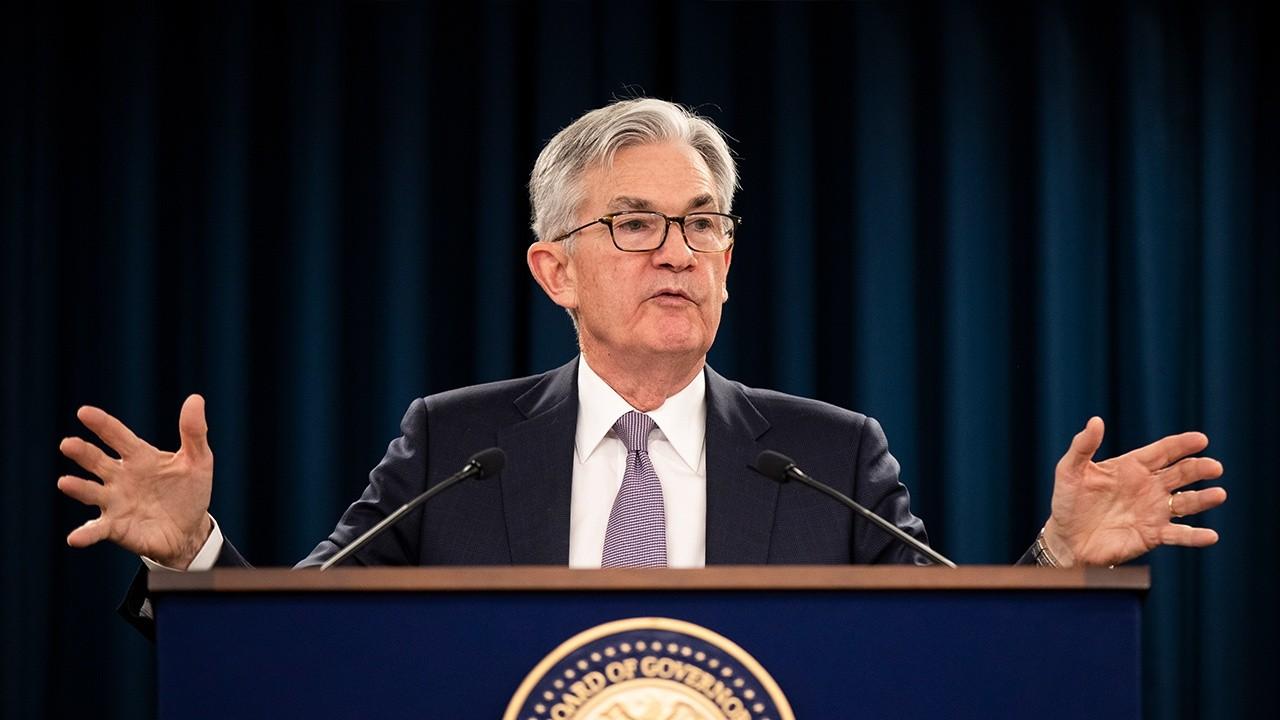US dollar sinks under Fed's pledge to keep rates low during coronavirus swoon
The greenback has since March slumped 13% versus a basket of its peers
The U.S. dollar on Thursday plunged to a more than 2.5-year low against a basket of its peers after the Federal Reserve pledged to keep interest rates low until the economy shows signs of a sustainable recovery.
The dollar index fell 0.71% to 89.72 Thursday, the lowest since April 2018. The greenback has fallen 13% since COVID-19 lockdowns began in mid-March and is down 6.6% this year. A close below 88.50 would be the worst since November 2014.
The dollar is trading at/near multi-year lows against major currencies including the euro, Japanese yen, Australian dollar and Chinese yuan. A weaker dollar makes American-made products cheaper for overseas buyers, but also makes imports more expensive for U.S. consumers.
STOCK BULLS NEED BREATHER AS COVID-19 VACCINE ROLLS OUT
“The dollar has lurched lower against nearly all the world currencies today,” wrote Marc Chandler, chief market strategist at the capital markets trading firm Bannockburn Global Forex.
The selling comes a day after the Federal Reserve said it would maintain the size of its $120 billion per month asset purchase program until “substantial further progress” is made in meeting its goals of maximum employment and price stability.
The central bank on March 15 slashed its federal funds rate to near zero in order to help combat what would become the sharpest economic slowdown of the post-World War II era amid stay-at-home orders aimed at slowing the spread of COVID-19.
CLICK HERE TO READ MORE ON FOX BUSINESS
The Fed cut its key interest rate by 150 basis points in March, in addition to taking other measures, to ensure the flow of credit through the economy.
“The decline in the US currency’s interest rate advantage over its G10 peers” has been a factor in the dollar’ demise, wrote Mark Haefele, chief investment officer of UBS Global Wealth Management. The spread between the U.S. and German 2-year yields has shrunk to 90 basis points from 215 bps.
Also contributing to the dollar’s weakness is the decline for safe-haven assets following the discovery of a COVID-19 vaccine and the likelihood of another round of fiscal stimulus.
Lawmakers on Capitol Hill are nearing a compromise on a $908 billion bipartisan COVID-19 relief package. The aid, which is split into two separate bills, if approved, could extend $748 billion toward unemployment benefits, Paycheck Protection Program funding and direct payments to individuals and another $160 billion for state and local government funding and liability protections for businesses.
TESLA STOCK'S S&P 500 ENTRY TO DRIVE TSUNAMI OF TRADING VOLUME
The prospect for further fiscal stimulus will likely “keep US indebtedness in focus,” Haefele wrote, noting that all the ingredients are “in place for further dollar weakness.”
Haefele sees the dollar falling from its current level of 1.2265 per euro to between 1.25 and 1.3 by the end of 2021 so long as the Fed doesn’t begin tapering its asset purchase program before other central banks, which he believes is unlikely.

